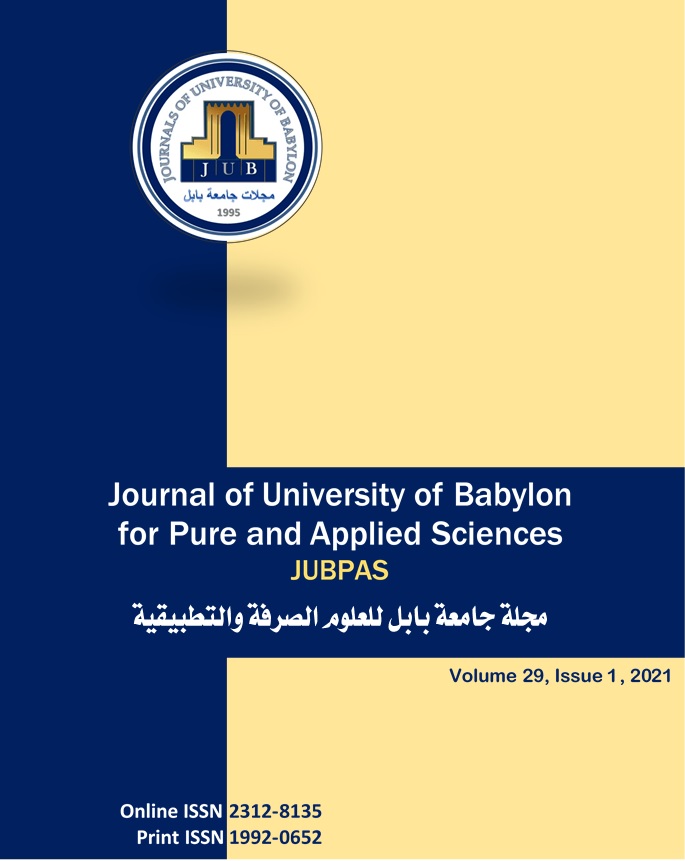Effect of Helicobacter Pylori Infection on Interleukin-4 and Interleukin-8 Levels in Smoker Males
Main Article Content
Abstract
Background: Smoking is a risk factor for various chronic diseases (including various infections, cancer, heart disease and respiratory diseases), and is characterized by neutrophil inflammation and the release of pro-inflammatory mediators (such as IL-8 and IL-4). Smoking has been found to be associated with higher incidence of Helicobacter pylori and gastroduodenal diseases caused by this bacterium are a consequence of an inappropriate host's immune response.
Materials& Methods: This study aimed to study the effect of smoking on certain immunological parameters, and it is a risk factor for H. pylori infection in Erbil city. The study was carried out on 71 smoker males and 20 nonsmokers. H. pylori infection and the concentration of IL-4 and IL-8 were done by ELISA Technique. P values <0.05 were considered statistically significant.
Results: Of the 91males participants, 71 (78%) were smokers and 20 (22%) were non-smoker. The mean age of smoker men was 24.37±6.52 and 23±4.67 for non-smoker men. The prevalence rate of H. pylori infection was significantly higher (P value:0.02) in smoker males 65(9.5%) than non-smoker males12 (6.9%). Levels of IL-4 and IL-8 were significantly higher in smoker males when compared with nonsmoker males (P< 0.01& P< 0.03 respectively), and their level were significantly higher in smoker males infected with H. pylori (P<0.001).
Conclusions: This study showed that the rate of H. pylori infection among smoker is higher than that of non-smokers and cigarette smoking was an important risk factor for H. pylori infection as well, smokers have higher levels of IL-4 and IL-8 than never-smokers.
Article Details
Issue
Section

This work is licensed under a Creative Commons Attribution 4.0 International License.
